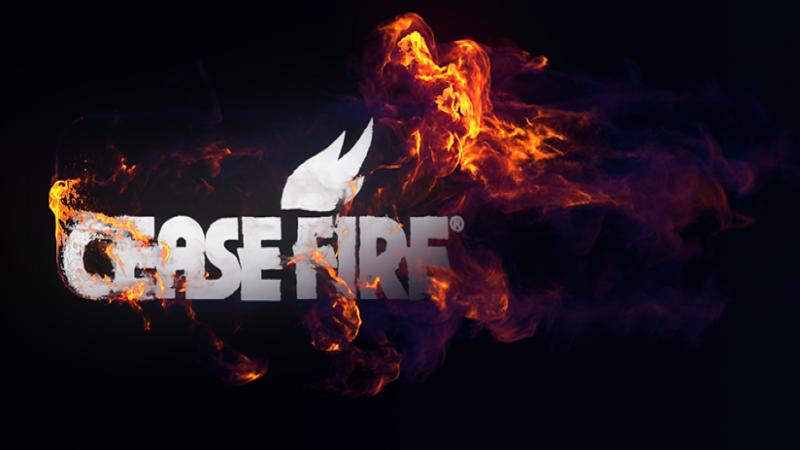When deciding which fire suppression system is most appropriate for your application, you first need to determine the correct hazard classification. There are several, and the 5 most common are class A, class B, class C, class D, and class K. We will be discussing class A hazards and which type of fire protection is most effective.
Class A fire hazards include paper, trash, wood, cloth, or rubber. Basically what you would find in your home or office building. Water is a common solution to Class A fires, but depending on your situation, dry chemical powder or clean agent gas is also used.
Beyond knowing your fire hazard classification, you also need to understand your area hazard classification. Because any of these area hazard classifications can be a class A fire hazard, let’s discuss all three options.

Light (Low) Hazard
Light (Low) hazard occupancies shall be classified as locations where the quantity and combustibility of Class A combustibles and Class B flammables are low and fires with relatively low rates of heat release are expected.
Ordinary (Moderate) Hazard
Ordinary (Moderate) hazard occupancies shall be classified as locations where the quantity and combustibility of Class A combustible materials and Class B flammables is moderate and fires with moderate rates of heat release are expected.
Extra (High) Hazard
Extra (High) hazard occupancies shall be classified as locations where the quantity and combustibility of Class A combustible material is high or where high amounts of Class B flammables are present and rapidly developing fires with high rates of heat release are expected
It is important to properly determine the fire hazard, as well as the hazard level for all areas. Call Cease Fire at 1-(888)-232-7334 for more information about your specific fire protection needs.


